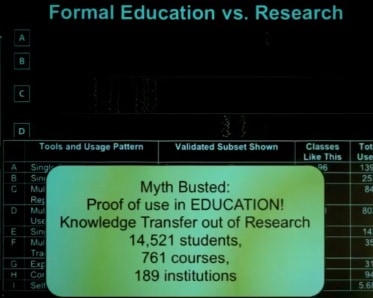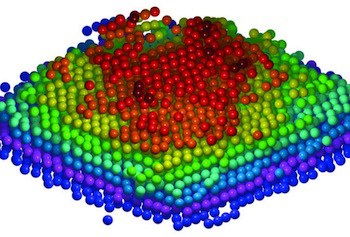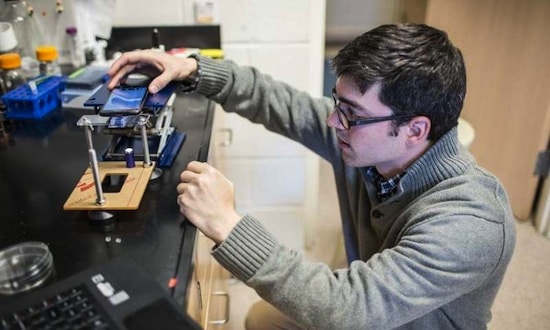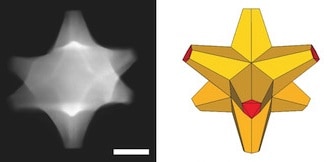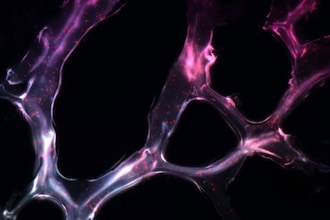Prof. Gerhard Klimeck described the success of nanoHUB.org, a science and engineering gateway providing online simulations through a web browser for nanotechnology research and education.
Conference video: Mythbusting Knowledge Transfer Mechanisms through Science Gateways
